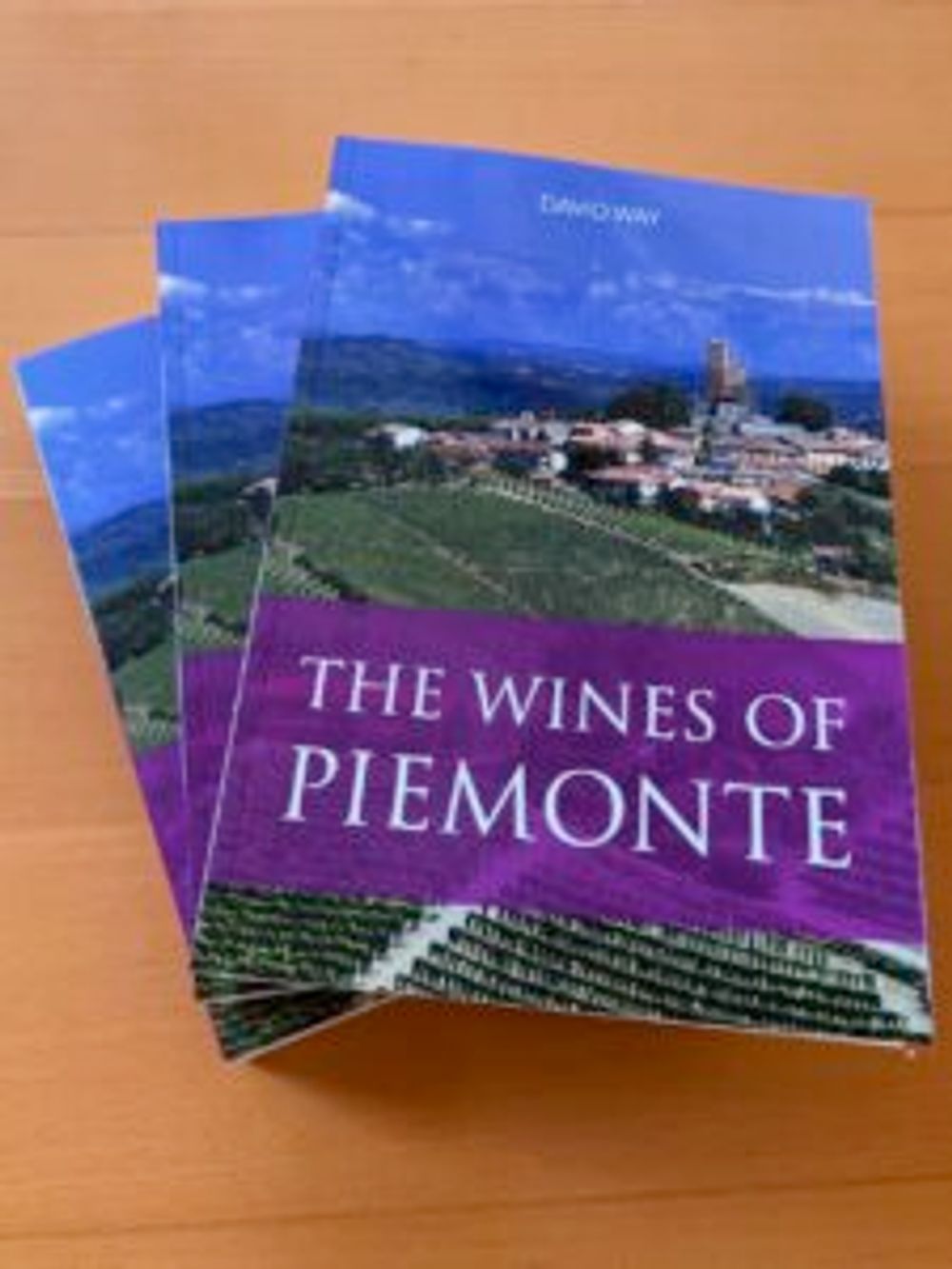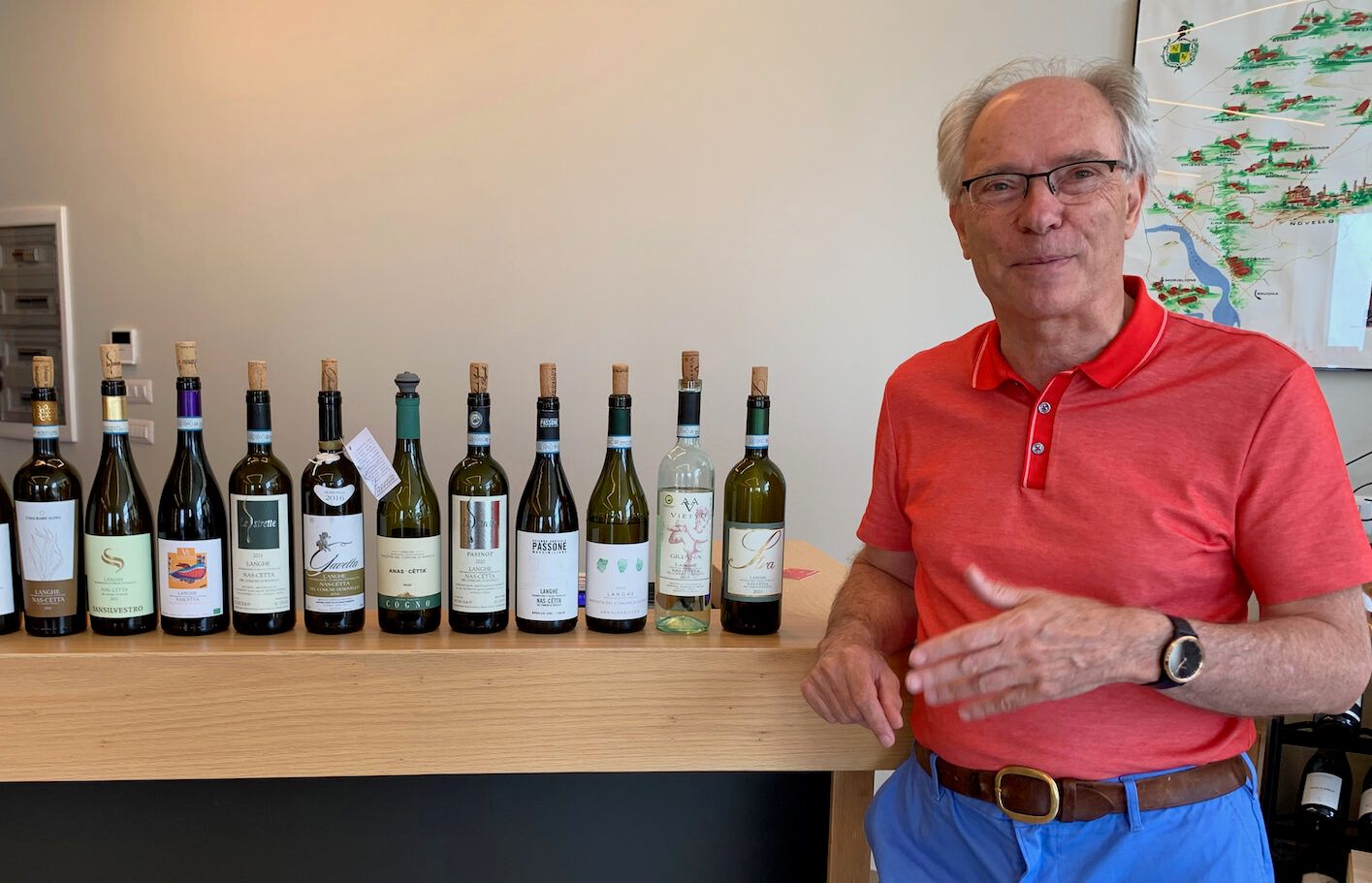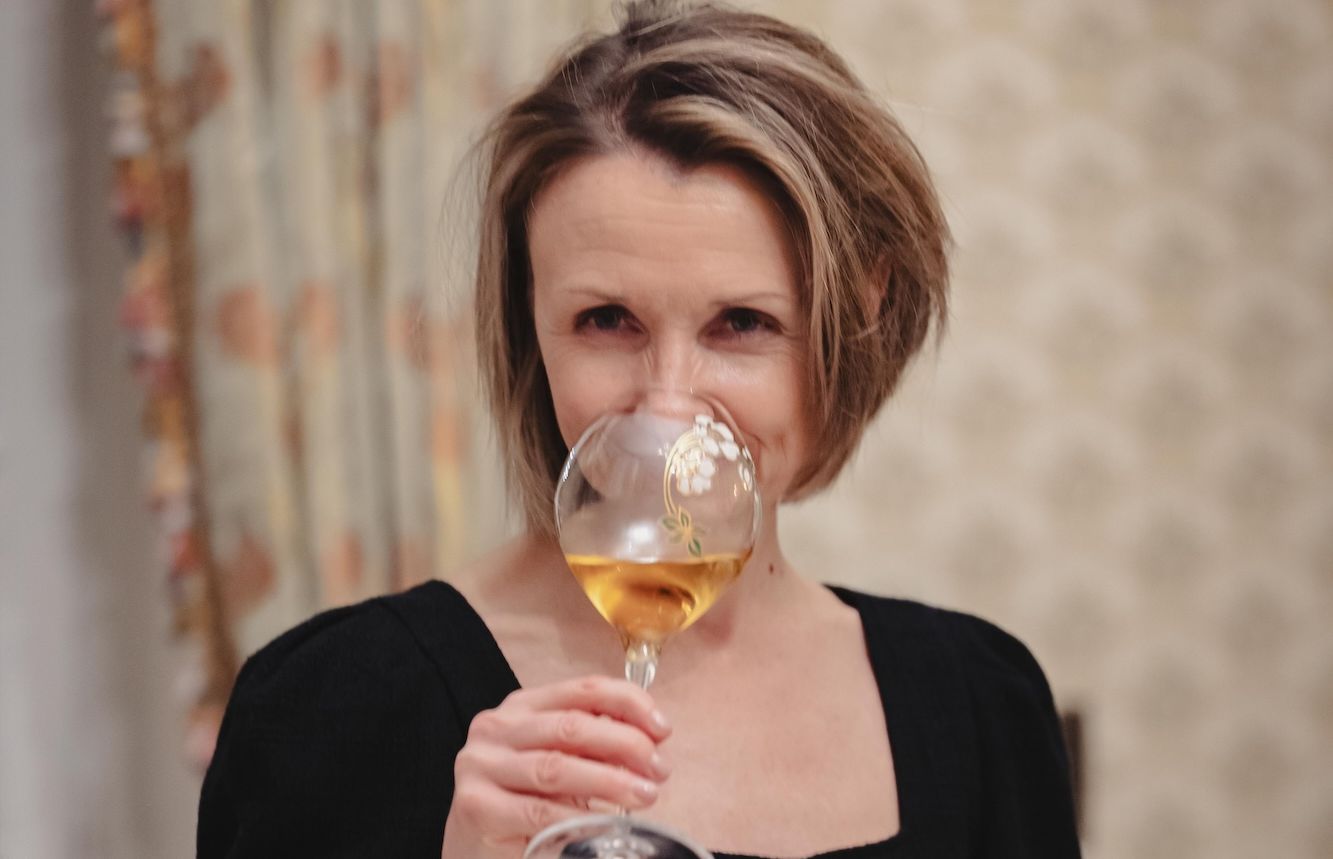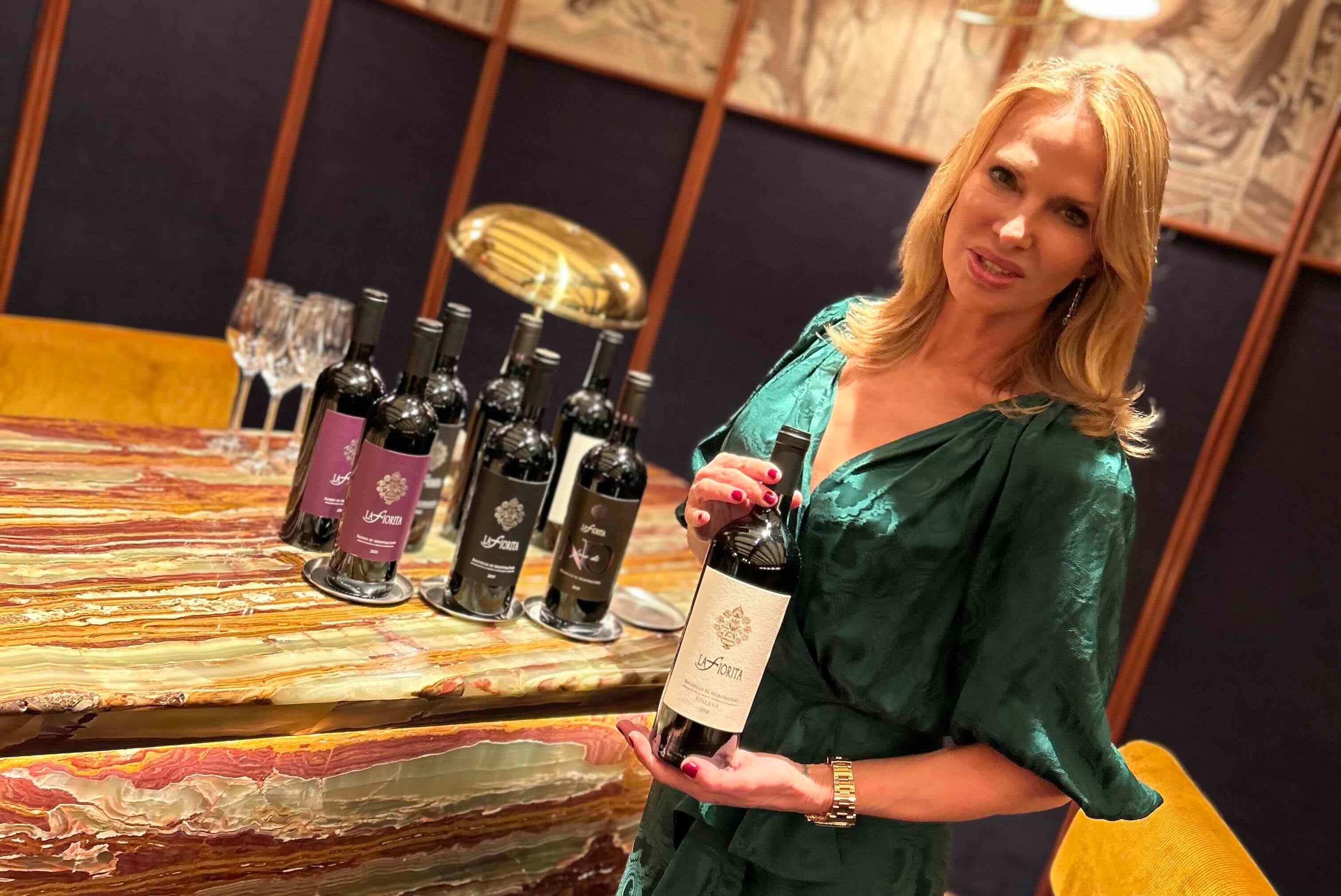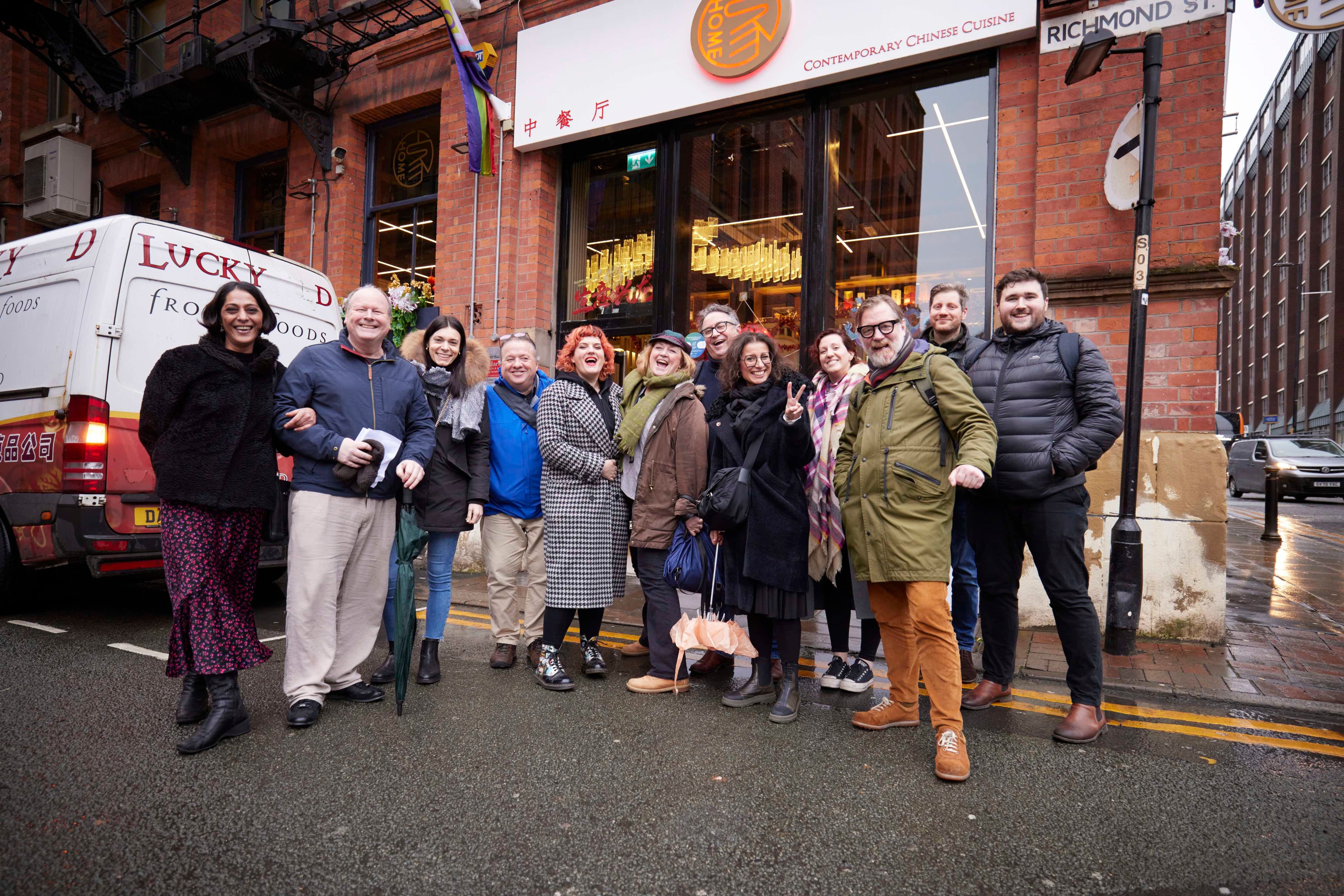As a special bonus to The Buyer, publishers Infinite Ideas are offering a whopping 40% discount on The Wines of Piemonte for a limited time only. See the end of this feature for further details.
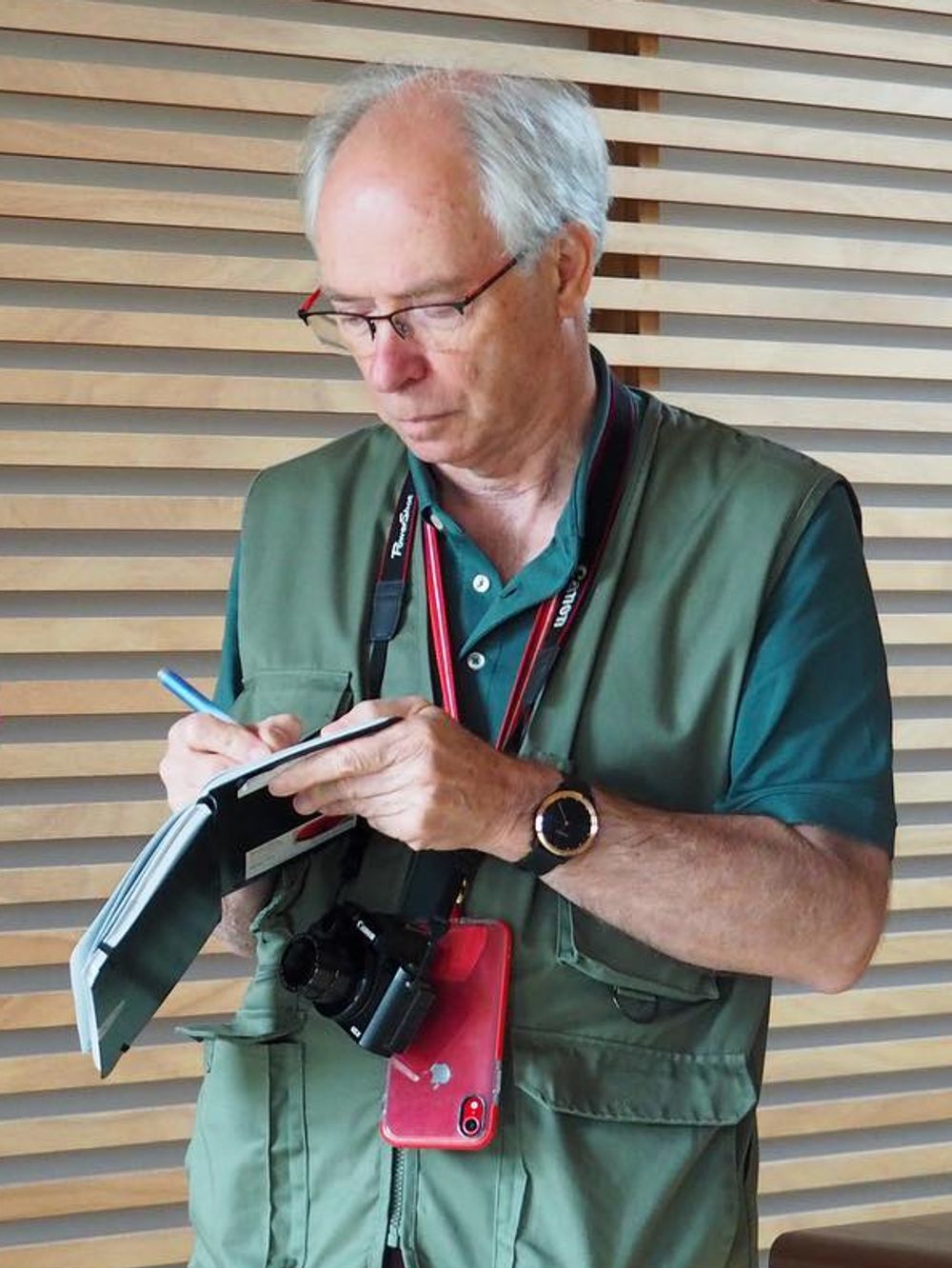
The Wines of Piemonte author David Way is one of the two main writers for the entirely new textbooks for the WSET’s Diploma in Wines qualification published in 2019
Peter Dean: What is it about Piemonte that made you want to write The Wines of Piemonte?
David Way: Choosing Piemonte was difficult in one way only. I would have loved to have written a book about Tuscany or about Campania/Basilicata. In the end, I chose Piemonte because of its combination of world-class wines, principally but not exclusively made with Nebbiolo, and the excitement of writing about wines that should be known much better than they are. Piemonte has many local varieties (I comment on 40 of them!), vinous treasures in unknown places (Carema, Valsusa, Acqui …) and both tank and traditional method sparkling wines. Oh yes, and, after many years of focusing on Tuscany, my wife suggested that I would benefit from a new challenge.
What’s exciting about Piemonte wine right now?
The quality of Barolo, Barbaresco and other top wines is higher than it has ever been. Piemonte is benefitting from having had two generations of trained viticulturalists and winemakers who have learnt how to make great wine in an increasingly demanding climate.
In addition, new categories of wine are coming onto the market in sufficient volumes to be of interest to buyers. Langhe DOC Nebbiolo, the second wine if you will of Barolo and Barbaresco, has all the remarkable aromatic array of Nebbiolo without the need for longer ageing in bottle and at a more affordable price.
Further, Alta Langa DOCG is now producing three million bottles a year of high-quality traditional method sparkling wine made predominantly from Pinot Noir. It is a worthy competitor to Franciacorta and Trentodoc.
Finally, Piemonte is no longer mainly a red wine region. Timorasso, Nascetta and Erbaluce have joined Cortese and Arneis as outstanding examples of the region’s white wines. I could go on!
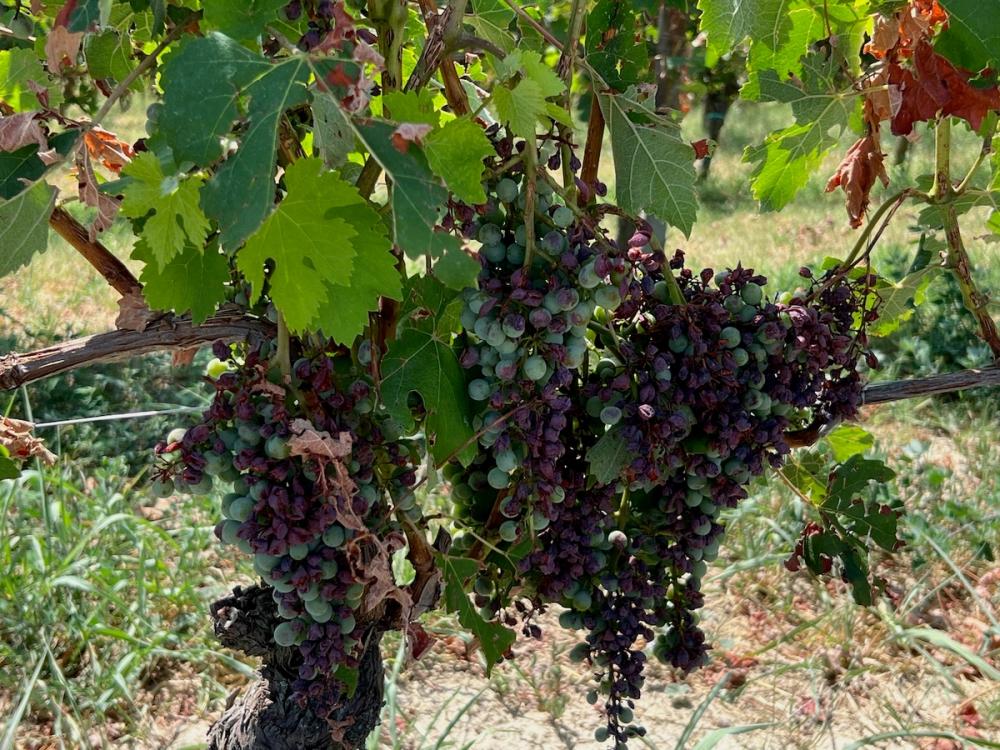
Hail damage in Roero
What changes are happening there and how are they impacting the wines?
The most obvious changes are driven by climate change. There are both upsides and downsides to this. Whereas we used to have two to three great Nebbiolo vintages in a decade, there has barely been a bad vintage since the wet 2002 and the hot and dry 2003. The difference now is that growers know how to deal with heat and drought much better.
Canopy management to avoid sunburn and cooked fruit, and less rigid green harvesting has led to decent quality in hot and dry years like 2017. Hail nets may not look great, but they do protect the crop. Losses from frost in spring remain a challenge but the better sites on hillsides have some protection. Growers are coming to regard the losses from hail and frost as nature’s form of reducing yield while maintaining quality. Another challenge is keeping Barbera wines below 15% abv.
Is The Wines of Piemonte meant to be a definitive guide to Piemonte?
Yes! In the sense that while there are excellent books on Barolo and Barbaresco, there is virtually nothing on the other 58 denominations in the region. Piemonte is a region of great diversity which is remarkably unexplored. To my knowledge, my book is the first to deal with the wines of all the denominations with the same level of seriousness as is usually only afforded to the two ‘big beasts’.
Who is it intended for?
Wine buyers, sommeliers, wine educators, advanced wine students, highly engaged wine lovers and wine tourists.
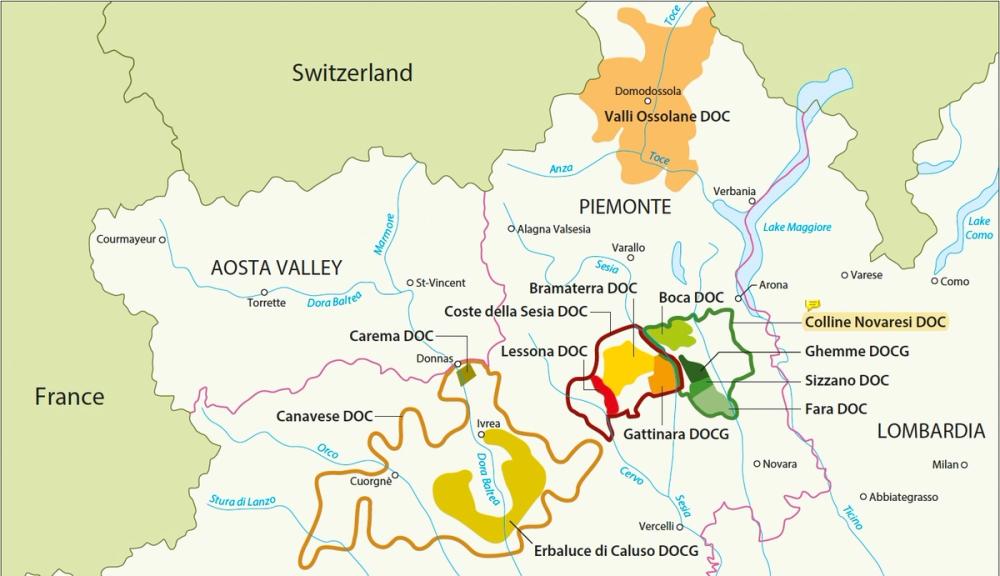
Is there a particular angle or stance you’ve taken?
I can highlight two themes. The first is the strengths and the weaknesses of the DOC(G) system. The region is very proud of having no IGT category and that 94 per cent of its production is DOC(G) wine. The weakness is that there are just too many DOC(G)s. Barbera d’Asti and Barbera del Monferrato overlap for much of their extents. The ten often tiny denominations in Alto Piemonte currently have 520 hectares of vineyard in production in total, roughly one quarter the size of Barolo. There are no fewer than seven Dolcetto denominations, plus three regional labelling options. This level of fragmentation and complexity makes it difficult to market the wines.
Second, I have explored the issue of the extraction of tannins from black grapes in some depth. Curiously, this has rarely been focused on in the past even though tannins are critically important when working with varieties such as Nebbiolo, Dolcetto or Grignolino. The length of time on the skins and the way the tannins are extracted result in very different wines.
The Wines of Piemonte came about after a disappointing MW exam – talk us though that and if you intend to re-sit the MW.
I studied for the MW from 2013 on and passed Theory in 2015. I then had further attempts at the tasting exams but, in the end, unsuccessfully. However, I can’t underline enough how much I learned in my MW student years. Without that experience, I doubt I would have got a job writing the Diploma textbooks for the WSET or written this book. The only disadvantage of MW studies was that I had to know a lot about the whole world of wine, whereas my heart was in Italian wine. I decided that I would rather put my energies into a detailed study of one Italian region rather than resuming MW studies. This has proved the most rewarding choice!
Talk us through the process of how you start writing about such a massive subject.
Good question. Fortunately, I didn’t know about all the denominations and the 80 registered grape varieties before I started! I did three months of desk research and then re-visited some areas I knew quite well: Barolo, Barbaresco, Roero. For the WSET, I had just been on a remarkable, in-depth research visit to Asti which opened up the whole area of tank method sparkling wine.
But, just as importantly, I made contact with those who became my key supporters such as Stefano Ricagno (Cuvage) and Gianpaola Baldi (Brachetto d’Acqui). They in turn introduced me to the consorzi (growers’ associations) across the region where I needed help. I quickly developed a method of focusing on each denomination and its wines. The flesh was put on the bones by visiting producers or, during the pandemic, interviewing them on Zoom.
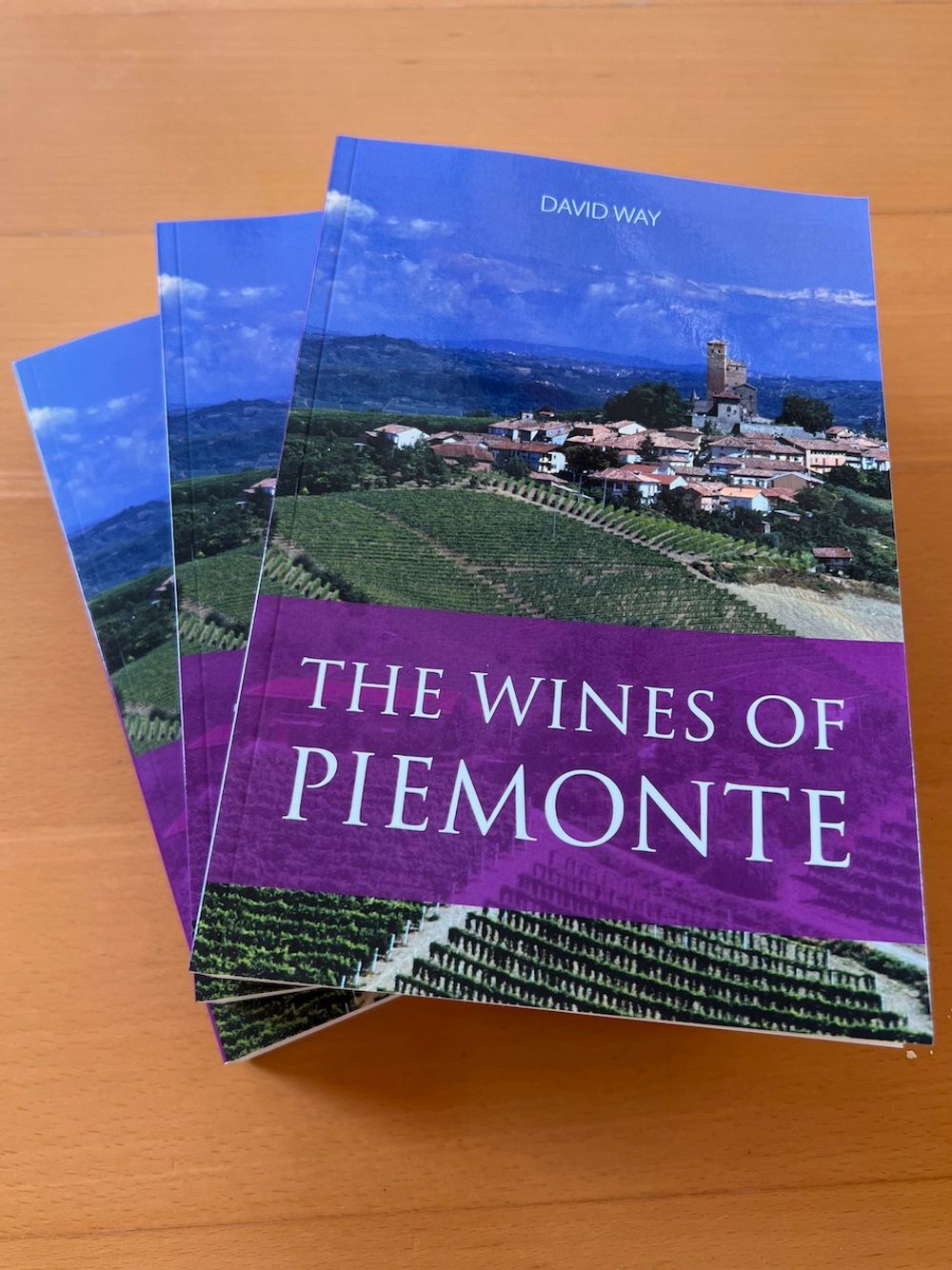
Who are some of the producers we should keep our eye on and why?
Now that is a difficult question as I profiled 200 producers in the book.
In Barolo, I particularly like the inner steel of the wines of Serralunga d’Alba. Ettore Germano manages to produce great examples from Serralunga while also making outstanding sparkling wine from high-elevation vineyards in Alta Langa, plus sparkling Nebbiolo, still Riesling, Chardonnay and Nascetta.
Sorpasso and Muraje are examples from a group of young enthusiasts making great Nebbiolo wines in the tiny denomination of Carema on the border with the Valle d’Aosta.
Monchiero Carbone shows the best of Roero, both in reds (Nebbiolo, Barbera) and, of course, Arneis.
Tenuta Santa Caterina shows the potential of the red wine made from Grignolino in two contrast styles: floral and fresh-red berried with moderate tannins or a dense and structured wine with red to black fruit, in the long-aged Monferace style.
Claudio Mariotto’s range shows the remarkable potential of the white Timorasso variety, along with many other characterful local wines.
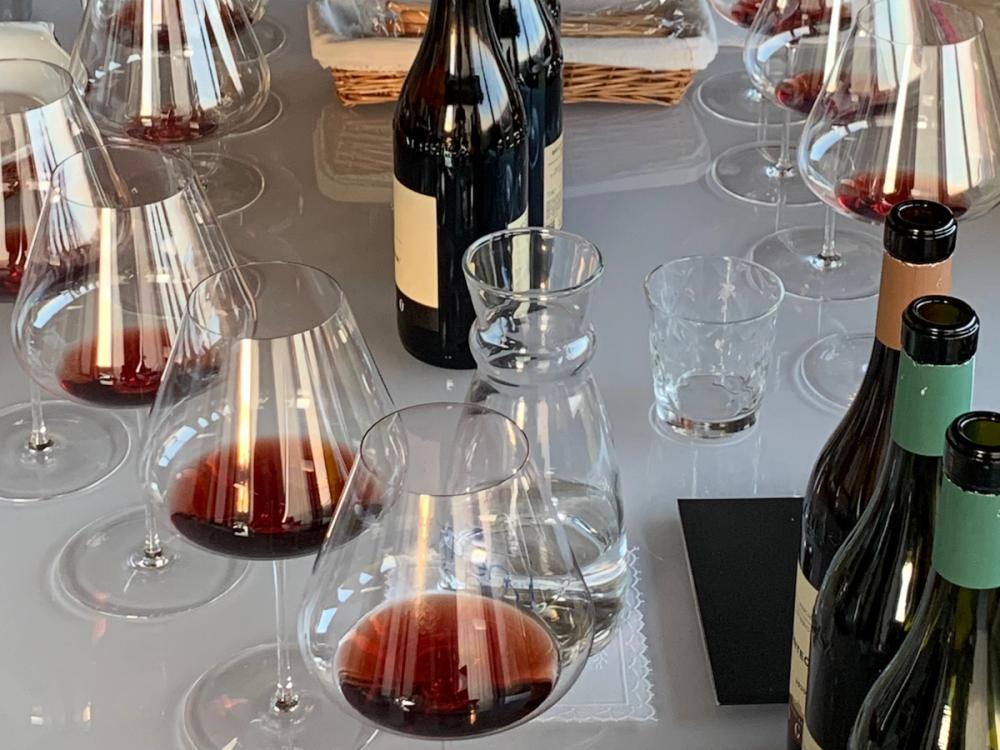
Elvio Cogno, Novello
What are the top 10 Piemonte wines that every sommelier should be considering for their lists?
Skipping the obvious, I would say:
Sparkling
Masilé, Erbaluce di Caluso Spumante Brut Metodo Classico DOCG, La Masera – traditional method sparkling wine made with the lean, moderately aromatic Erbaluce variety with racy acidity which shows great autolytic character.
White
Langhe DOC Nascetta del comune di Novello, Arnaldo Rivera – the semi-aromatic white Nascetta variety from its home village of Novello, here in the top line of one of Barolo’s revitalised co-operatives.
Vecchia Annata, Gavi DOCG, Broglia – Top-end Gavi with extended ageing in bottle: Gavi as you have probably never tasted it before.
Il Montino, Colli Tortonesi DOC Timorasso, La Colombera – with five years in the bottle, Timorasso really shows its class.
Rosé
Il Rosato, Nervi Conterno – Roberto Conterno’s arrival in Gattinara was a huge boost to Gattinara and Alto Piemonte. This 100 per cent Nebbiolo rosé shows outstanding freshness and small red-berried fruit.
Red
Bricco del Bosco, Grignolino del Monferrato Casalese DOCG, Accornero – a rose-and-red-cherry-scented, chillable, wine with sufficient tannin to match a range of foods.
Langhe DOC Nebbiolo, Cavallotto – a top-quality example of the youthful expression of Nebbiolo from the Bricco Boschis estate in Barolo.
Siri d’Jermu, Dogliani DOCG, Pecchenino – dense, damson-fruit packed, powerful but refreshing Dolcetto from the variety’s top denomination.
La Court, Nizza DOCG Riserva, Michele Chiarlo – outstanding Barbera from one of Monferrato’s and indeed Piemonte’s best producers with an effortless integration of bold fruit and new French oak.
Sweet
Valle delle Rose, Brachetto d’Acqui DOCG, Acquesi – Piemonte has an unusual number of aromatic, low alcohol, sweet, semi-sparkling red wines to offer. Brachetto is an excellent alternative to Moscato d’Asti as an aperitif or dessert wine.
